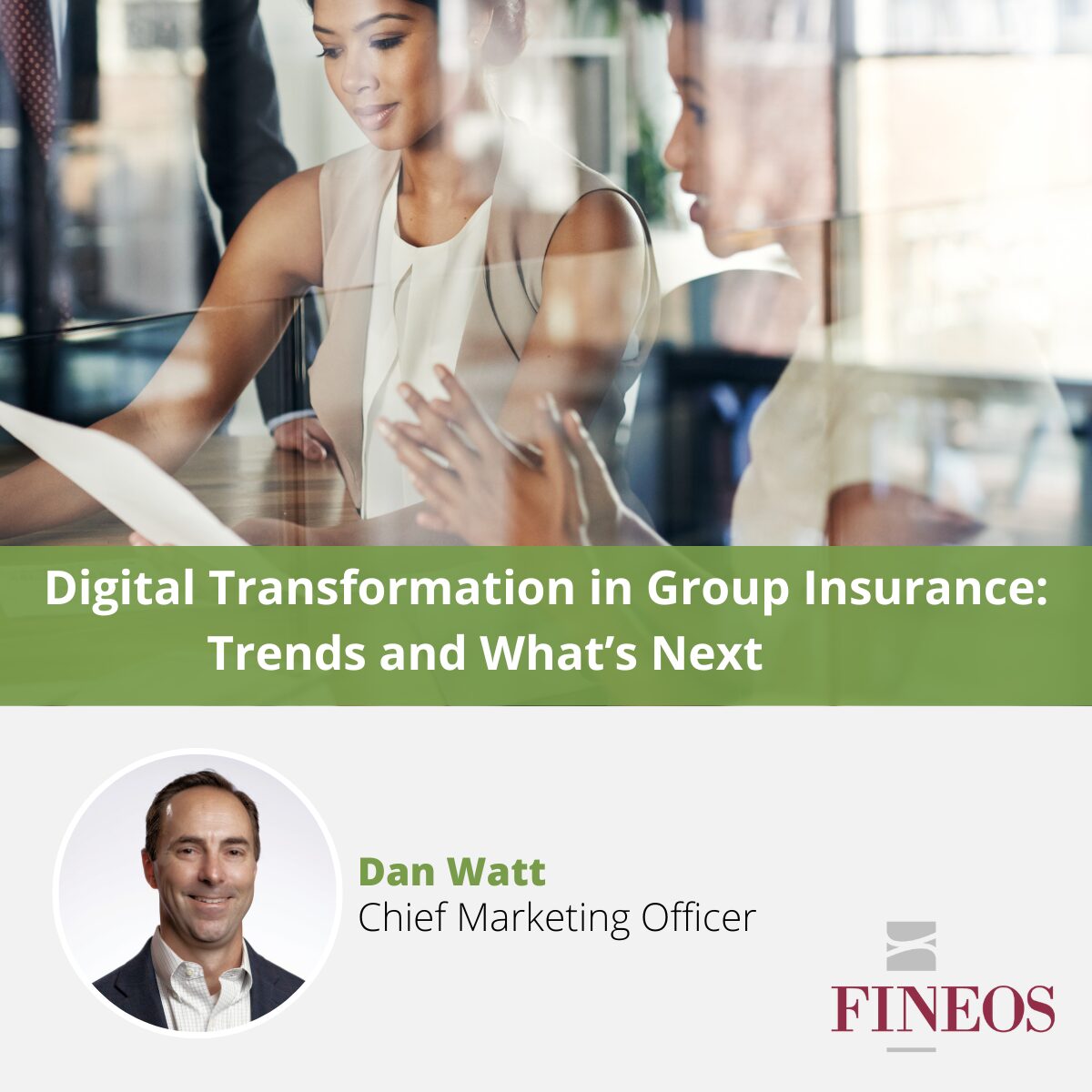In my previous blog on the 2018 Eastern Claims Conference, I wrote how companies can use automation tools, such as robotics and AI, to transform their claims organizations and help their users. It was refreshing to see this theme continued again at the 2018 ICA (International Claims Association) Conference in Marco Island, Florida. One thing that struck me was the discussion around the use of predictive analytics with workflow processes for both group disability and individual life death claims. This blog offers “food for thought” for organizations considering this.
Using Predictive Analytics and Workflow
Generally speaking, workflow processes and predictive analytics could be used to segment certain types of claims. For example:
- Short-term disability claims for particular ICD-codes if all is “normal,” such as a pregnancy claim with an uncomplicated, normal delivery, or
- Low-dollar, single policy, single beneficiary death claims.
Rules can be used to calculate a complexity score which can result in either straight-through or low-touch workflow processing. By using rules in this way, insurers would need to look at previous data and determine their segmentation. Monitoring at intervals also ensures that the scores models are doing what they need to do and can be tweaked as necessary for better results. The outcome would have users spending more time on risk management and paying claims quicker, making for a better customer experience.
In addition, segmenting claims based upon a score could ensure the correct resources are working on a particular claim. Newer claim examiners could be routed via workflow to less complex claims while seasoned personnel would be routed to claims suited to their experience. Also, internal resources could be called upon as needed based on the score. With short-term disability, a referral via workflow to rehab/return to work personnel could be done if a score indicates that the insured would be benefit from additional help.
Predictive Analytics and Fraud
One of the biggest challenges facing insurance companies is fraud. This was addressed at several ICA sessions both from a group disability and death claim perspective. In fact, I’m asked about this quite a bit in my position helping companies determine their next claims processing system. Unfortunately, fraud is rampant and results in millions of dollars being paid needlessly. What can insurers do to help combat fraud? Analytics can be used to create a fraud score based upon whatever structured data is available. Insurers can analyze the data from previous fraudulent cases to discover similarities in particular data elements. Using these elements, a score could be calculated where a scale is defined (e.g., 1-10 or low, medium, high). When a user is given a lower end probability, the fraud score “suggests” to them that no additional fraud investigation is needed, where a higher score may suggest a “level one” investigation or a possible out-right referral via workflow to a SIU department. The workflow would put on hold any financial-type processing (payments) until a determination of fraud is made.
In Conclusion
While all this sounds great, the reality is somewhat different. As I referenced in my previous blog, John Standish of Infinilytics summed it up best when he said, “Machines are dumb and it is up to the humans to teach the machines.” Insurers need people to analyze data, create the scores, and configure their workflow processes for optimum results. However, we shouldn’t forget the human end-user, in this case, the claims examiner. While automation is great, it’s main purpose is to help the human user improve their decision making. Scores are just another tool in the user’s toolbox and workflow processes can help the user to automate mundane tasks and make referrals to internal resources, leaving them with more time to spend on risk management.
If you’d like to discuss this further, please contact me at David.Schulman@FINEOS.com.


